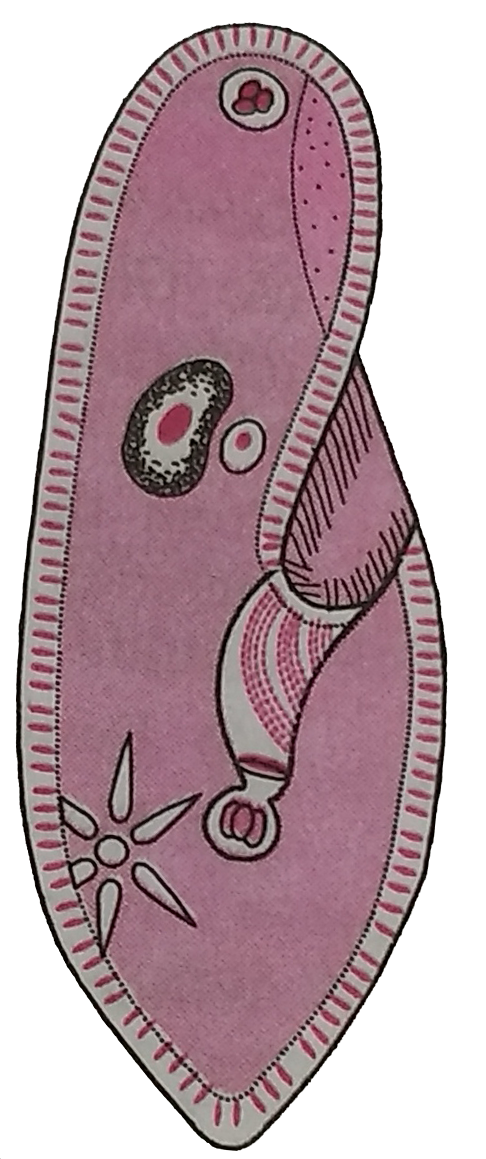Identify the false characteristic regarding detergents
Anionic detergents bare sodium salts of sulphonated long chain hydrocarbons
In anionic detergents, the cationic part of detergent is involved in the cleansing action
Cationic detergents are quaternary ammonium salts of amines with bromides as onins
Liquid dishwashing detergents are non-ionic detergents
The correct Answer is:B
To identify the false characteristic regarding detergents, we will analyze each statement one by one.
Step 1: Analyze Statement A
- Statement A: Anionic detergents pair sodium salts of sulfonated long-chain hydrocarbons.
- Analysis: This statement is true. Anionic detergents are indeed sodium salts of sulfonated long-chain hydrocarbons, which help in the cleansing process.
Step 2: Analyze Statement B
- Statement B: In anionic detergent, the cationic part of the detergents is involved in the cleansing action.
- Analysis: This statement is false. In anionic detergents, it is the anionic part (the negatively charged part) of the molecule that is involved in the cleansing action, not the cationic part.
Step 3: Analyze Statement C
- Statement C: Cationic detergents are quaternary ammonium salts of amines with bromide.
- Analysis: This statement is true. Cationic detergents are indeed quaternary ammonium salts, and they often contain bromide ions.
Step 4: Analyze Statement D
- Statement D: Liquid dishwashing detergents are non-ionic detergents.
- Analysis: This statement is also true. Many liquid dishwashing detergents are classified as non-ionic detergents, which do not carry a charge.
Conclusion
The false characteristic regarding detergents is found in Statement B. The correct statement should indicate that in anionic detergents, the anionic part of the molecule is involved in the cleansing action.
Final Answer
The false characteristic regarding detergents is Statement B.
---
- Statement A: Anionic detergents pair sodium salts of sulfonated long-chain hydrocarbons.
- Analysis: This statement is true. Anionic detergents are indeed sodium salts of sulfonated long-chain hydrocarbons, which help in the cleansing process.
- Statement B: In anionic detergent, the cationic part of the detergents is involved in the cleansing action.
- Analysis: This statement is false. In anionic detergents, it is the anionic part (the negatively charged part) of the molecule that is involved in the cleansing action, not the cationic part.
- Statement C: Cationic detergents are quaternary ammonium salts of amines with bromide.
- Analysis: This statement is true. Cationic detergents are indeed quaternary ammonium salts, and they often contain bromide ions.
- Statement D: Liquid dishwashing detergents are non-ionic detergents.
- Analysis: This statement is also true. Many liquid dishwashing detergents are classified as non-ionic detergents, which do not carry a charge.
The false characteristic regarding detergents is found in Statement B. The correct statement should indicate that in anionic detergents, the anionic part of the molecule is involved in the cleansing action.
The false characteristic regarding detergents is Statement B.
Topper's Solved these Questions
Similar Questions
Knowledge Check
Identify the correct statement regarding enzymes
AEnzymes are specific biological catalysts that can normally function at very high temperature (T~1000 K)BEnzymes are specific biological catalysts that possess the well-defined active sitesCEnzymes are specific biological catalysts that cannot be poisonedDEnzymes are normally heterogeneous catalysts that are very specific in their action.
Identify the set of characteristic related to plants belonging to family Fabaceae from the following
View SolutionIdentify the false statement :
View SolutionIdentify the false statement :
View SolutionIdentify the false statement :
View SolutionIdentify the characteristic features of diatoms

View SolutionIdentify the correct characteristic feature shown by the given figures ?

View SolutionIdentify the correct statement regarding entropy
View Solution
